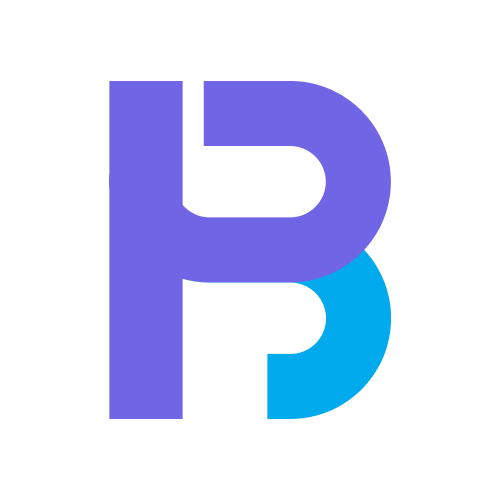A design sprint is a method for quickly solving problems through prototyping and user testing. It is a five-day process that brings together a cross-functional team of stakeholders to iterate on ideas and create a tangible solution rapidly. The ultimate goal of a design sprint is to create a prototype that can be tested with real users, providing valuable feedback to inform future design decisions.
The ideal outcome of a design sprint session in UX design is a clear understanding of the problem at hand and a prototype that addresses that problem in a meaningful way. This prototype should be a realistic representation of the final product, with enough detail to clearly understand how it will function and be used. Additionally, the team should have a clear development and testing plan based on the prototype’s feedback.
To achieve this outcome, it is essential to have a clear and well-defined problem statement before the design sprint begins. This will guide the team throughout the process and ensure that everyone is aligned on the sprint’s goals. Additionally, it is essential to have a diverse group of stakeholders, including designers, developers, and subject matter experts, as this will bring various perspectives to the table.
The design sprint process can be broken down into five main phases:
- Understand: The team conducts research and defines the problem they will be solving.
- Diverge: The team generates a wide range of ideas and solutions.
- Converge: The team selects the best ideas and develops a prototype.
- Prototype: The team creates a realistic representation of the final product.
- Test: The team tests the prototype with real users and gathers feedback.
It is essential that the team is committed to the process and that they are prepared to work collaboratively throughout the sprint. This includes being open to new ideas, willing to take risks, and ready to change course if necessary.
To run a successful design sprint, it’s also essential to have a dedicated facilitator who can keep the team on track and ensure that the process is followed. This facilitator should be well-versed in the design sprint methodology and should be able to manage the team effectively. Additionally, it’s essential to have a clear agenda and schedule for the sprint so that the team knows what to expect and can plan accordingly.
It’s also important to create a comfortable and collaborative environment for the team. This includes providing the necessary tools and resources, such as whiteboards, sticky notes, and sketching materials, as well as ensuring that the team has adequate space to work.
Finally, allocating enough time to test the prototype with real users is crucial. This is where the team will receive the most valuable feedback and will be able to make informed decisions about the direction of the product. Documenting the feedback and incorporating it into future design decisions is also essential.
The ideal outcome of a design sprint session in UX design is a clear understanding of the problem and a prototype that addresses that problem in a meaningful way. To achieve this outcome, it is essential to have a clear and well-defined problem statement, a diverse team of stakeholders, and a dedicated facilitator. Additionally, the team must be committed to the process, and the sprint should be run in a comfortable and collaborative environment with a clear agenda and schedule. Finally, allocate enough time to test the prototype with real users and document the feedback. With the right approach, a design sprint can be a powerful tool for quickly solving complex problems in UX design.
